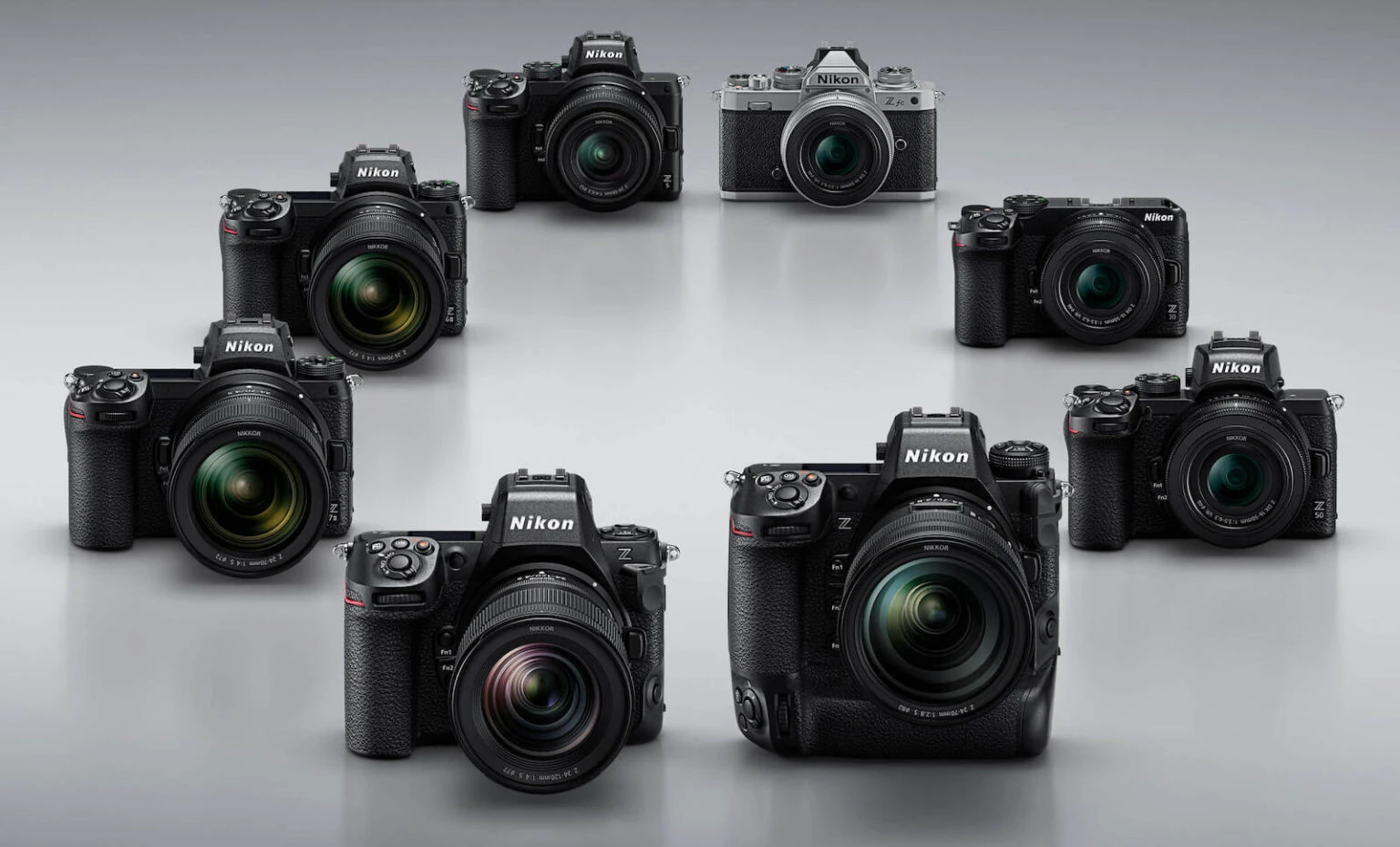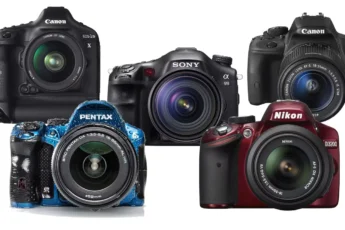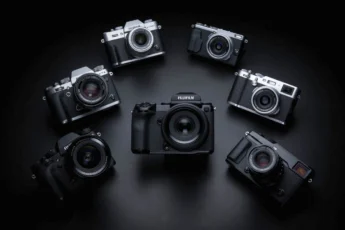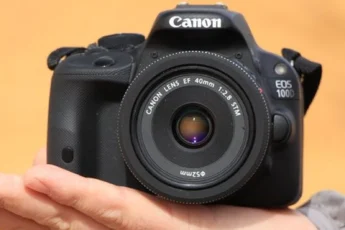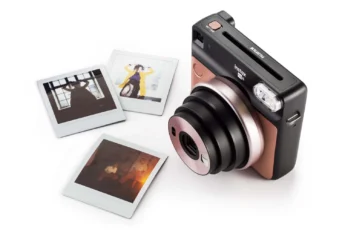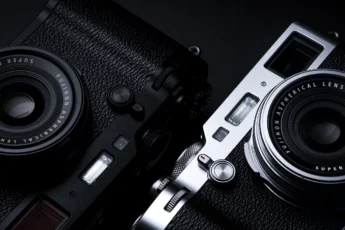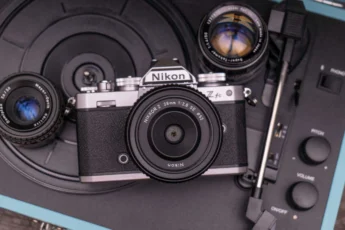As videography continues to grow in popularity, both professionals and enthusiasts are seeking cameras that can deliver exceptional video quality and performance. Among the many options available, Nikon cameras have emerged as a top choice for those passionate about capturing stunning visuals and telling compelling stories through the lens. With a rich history of innovation and a commitment to pushing the boundaries of what’s possible in the world of imaging, Nikon has consistently produced cameras that excel in both photography and videography.
In this comprehensive guide, we’ll explore the best Nikon cameras for videography, delving into the key features, considerations, and tips that will help you make an informed decision when choosing your ideal camera. Whether you’re a seasoned videographer looking to upgrade your gear or a beginner eager to dive into the world of video creation, this article will provide you with the insights and knowledge you need to unleash your creativity and capture stunning footage with a Nikon camera.
- Evolution of Nikon Cameras in Videography
- Importance of Choosing the Right Nikon Camera
- Key Features to Look for in a Nikon Camera
- Video Resolution and Quality
- Autofocus Capabilities
- Low Light Performance
- External Microphone Support
- Best Nikon Cameras for Videography
- Nikon Z 6II
- Nikon Z 8
- Nikon Z 9
- Nikon D90
- Considerations When Choosing a Nikon Camera
- Budget
- Intended Use and Expertise Level
- Future-Proofing Your Investment
- Tips for Maximizing Your Nikon Camera for Videography
- Understanding Camera Settings
- Utilizing Different Lenses
- Enhancing Video Production Techniques
- Conclusion
Evolution of Nikon Cameras in Videography
Nikon has been at the forefront of camera technology for decades, and their foray into videography has been marked by significant milestones and groundbreaking innovations. In 2008, Nikon introduced the D90, the world’s first DSLR camera with video recording capabilities, revolutionizing the way photographers and videographers approached their craft. This breakthrough allowed users to leverage the superior image quality and versatility of DSLR cameras for video production, opening up new creative possibilities.
As technology advanced, Nikon continued to push the boundaries of what their cameras could achieve in the realm of videography. The introduction of the Nikon D800 in 2012 marked another significant leap, offering full HD video recording at various frame rates and exceptional low-light performance. This camera became a favorite among videographers for its ability to capture stunning detail and handle challenging lighting conditions.
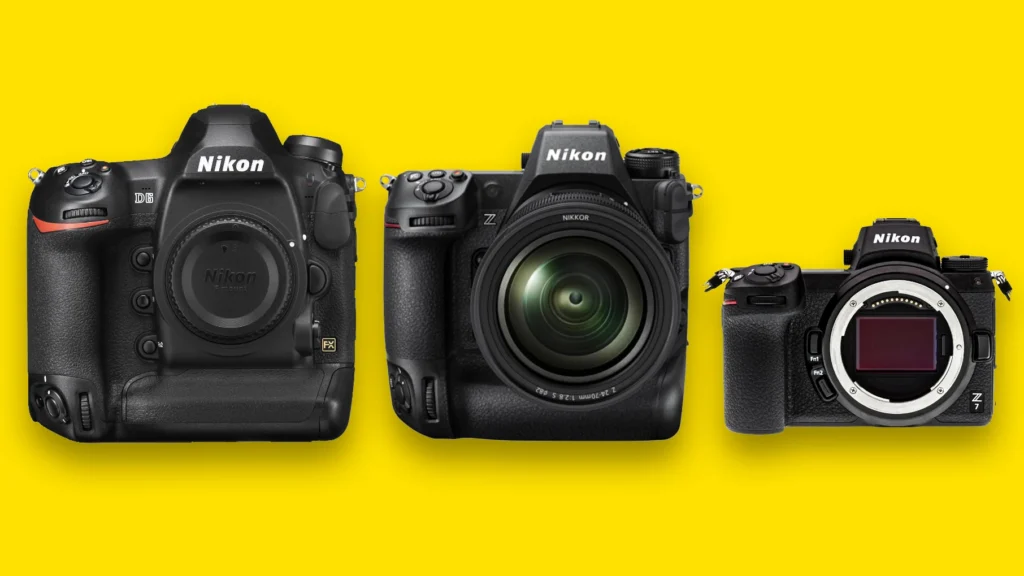
In recent years, Nikon has embraced the mirrorless camera revolution, introducing the Z series of cameras that have taken videography to new heights. Models like the Nikon Z 6II and Z 7II offer advanced video features such as 4K UHD recording, full-pixel readout, and 10-bit N-Log output, catering to the needs of professional videographers and filmmakers. These cameras have become popular choices for those seeking the perfect balance between image quality, performance, and portability.
As Nikon continues to innovate and refine their camera offerings, videographers can expect even more exciting developments in the future, pushing the boundaries of what’s possible in the world of video creation.
Importance of Choosing the Right Nikon Camera
Choosing the right Nikon camera for your videography needs is a crucial decision that can significantly impact the quality and creativity of your video projects. The camera you select will serve as your primary tool for capturing and expressing your vision, and it’s essential to find one that aligns with your goals, skill level, and budget.
As renowned filmmaker and Nikon Ambassador Corey Rich states, “The right camera is an extension of your creative vision. It should enable you to bring your ideas to life and tell your stories in the most compelling way possible”. A camera that complements your style and meets your technical requirements will allow you to focus on the creative aspects of videography, rather than being limited by your equipment.
Investing in the right Nikon camera can also future-proof your videography journey. As your skills and ambitions grow, having a camera that can keep pace with your development is essential. Nikon cameras are known for their durability, reliability, and ability to deliver exceptional results in a wide range of situations, ensuring that your investment will serve you well for years to come.
Moreover, the right Nikon camera can open up new opportunities and collaborations in the world of videography. Whether you’re working on personal projects, client assignments, or professional productions, having a camera that is respected and trusted in the industry can help you establish credibility and attract new opportunities.
In the following sections, we’ll explore the key features to look for when choosing a Nikon camera for videography, as well as some of the best models currently available on the market. By understanding your needs and priorities, you can make an informed decision that will empower you to create stunning video content and take your videography to the next level.
Key Features to Look for in a Nikon Camera
Video Resolution and Quality
One of the most critical factors to consider when choosing a Nikon camera for videography is the video resolution and quality it offers. In today’s digital landscape, 4K UHD (3840 x 2160 pixels) has become the standard for high-quality video production, offering four times the resolution of Full HD (1920 x 1080 pixels). Many Nikon cameras, such as the Z 6II and Z 7II, support 4K UHD recording, allowing you to capture incredibly detailed and sharp footage.
In addition to resolution, consider the camera’s bit depth and color sampling. Cameras that offer 10-bit recording and 4:2:2 color sampling, like the Nikon Z 6II and Z 7II, provide greater color accuracy and smoother gradations, resulting in more professional-looking footage. This is particularly important if you plan to color grade your videos extensively in post-production.
Autofocus Capabilities
A reliable and efficient autofocus system is crucial for capturing sharp and focused video footage, especially when shooting moving subjects or in challenging conditions. Nikon cameras are known for their advanced autofocus technologies, such as the hybrid phase-detection/contrast-detection AF system found in the Z series cameras.
Look for cameras that offer features like face and eye detection, subject tracking, and low-light AF sensitivity. These capabilities will help you maintain focus on your subjects, even when they are moving or in dimly lit environments. The Nikon Z 6II and Z 7II, for example, feature improved AF performance with enhanced subject tracking and low-light sensitivity, making them excellent choices for videography.
Low Light Performance
Many videography projects require shooting in challenging lighting conditions, such as dimly lit interiors or outdoor scenes at night. A camera with excellent low-light performance will allow you to capture clean and noise-free footage, even in these situations. Nikon cameras are renowned for their exceptional low-light capabilities, thanks to their advanced sensor technology and image processing engines.
When evaluating a camera’s low-light performance, consider factors such as its maximum ISO sensitivity, noise reduction algorithms, and the availability of features like in-body image stabilization (IBIS). The Nikon Z 6II, for instance, boasts a native ISO range of 100-51,200, expandable to ISO 204,800, and features a 5-axis IBIS system, making it an excellent choice for low-light videography.
External Microphone Support
Audio quality is just as important as visual quality when it comes to creating professional-grade videos. While many Nikon cameras have built-in microphones, the ability to connect an external microphone can significantly enhance the audio capture capabilities of your camera.
Look for cameras that offer a 3.5mm microphone input jack, which allows you to connect a variety of external microphones, such as shotgun mics, lavalier mics, or wireless microphone systems. The Nikon Z 6II and Z 7II, for example, feature a 3.5mm stereo microphone input, providing flexibility in audio recording options. Some cameras, like the Nikon D780, even offer a headphone jack for monitoring audio levels while recording, ensuring that you capture clean and clear sound.
Best Nikon Cameras for Videography
Nikon Z 6II
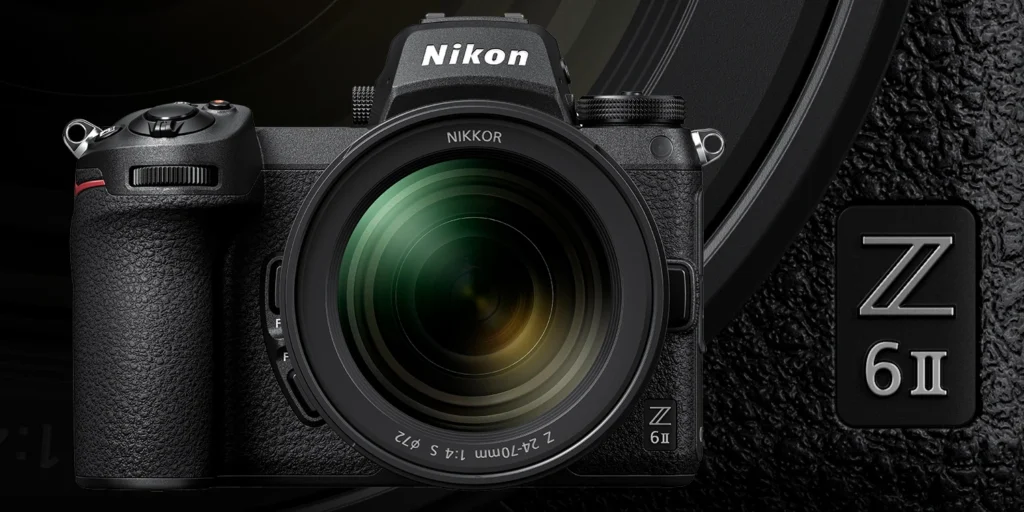
The Nikon Z 6II is a versatile full-frame mirrorless camera that excels in both photography and videography. It features a 24.5MP sensor, 4K UHD video recording at up to 60p, and 10-bit N-Log output, making it an excellent choice for serious videographers. The camera’s advanced autofocus system, 5-axis in-body image stabilization, and low-light performance make it a reliable tool for capturing stunning video footage in a variety of situations.
Nikon Z 8
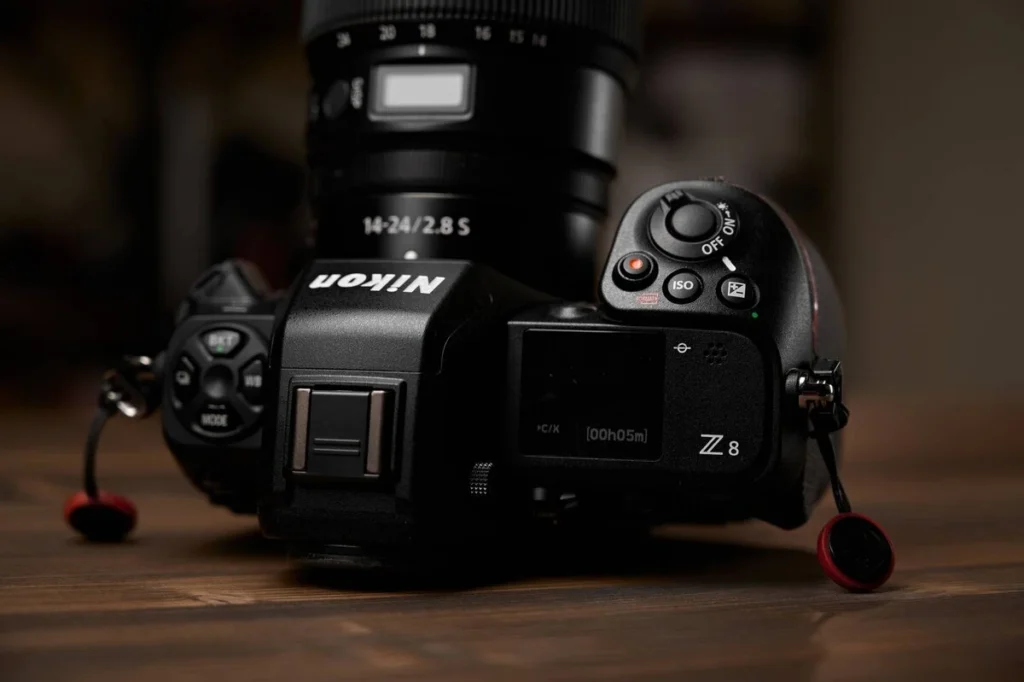
As of 2023, the Nikon Z 8 has not been officially released, but rumors and speculations suggest that it will be a high-end mirrorless camera aimed at professional photographers and videographers. If and when it is released, the Nikon Z 8 is expected to offer advanced video features, such as 8K video recording, improved autofocus capabilities, and enhanced low-light performance, making it a top choice for those seeking the ultimate videography experience.
Nikon Z 9
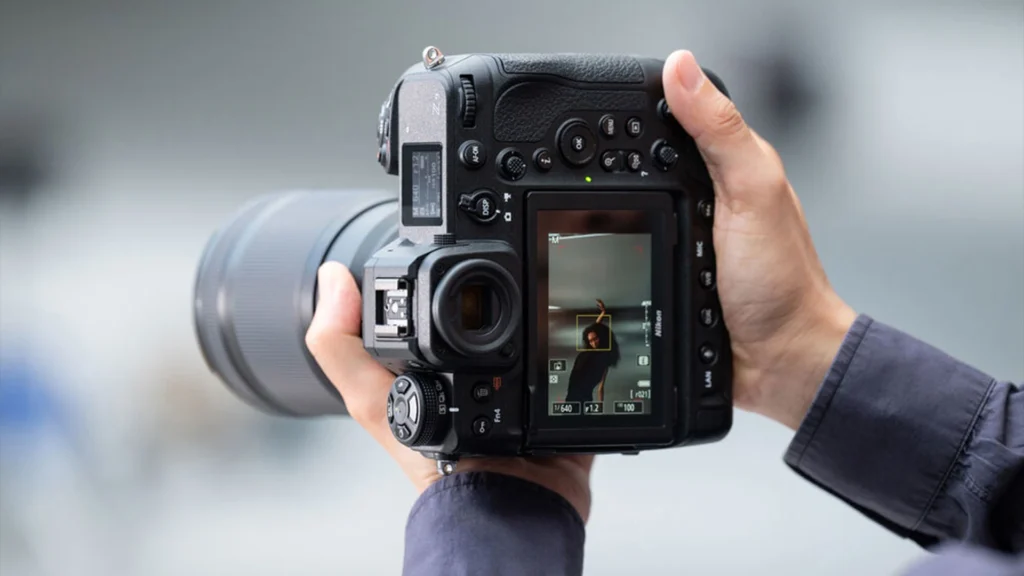
The Nikon Z 9 is the flagship model in Nikon’s mirrorless camera lineup, designed for professional photographers and videographers who demand the best performance and features. It boasts a 45.7MP sensor, 8K video recording at up to 60p, and advanced autofocus capabilities, including subject detection and tracking. The camera’s impressive low-light performance, in-body image stabilization, and extensive video features make it an excellent choice for high-end videography projects.
Nikon D90
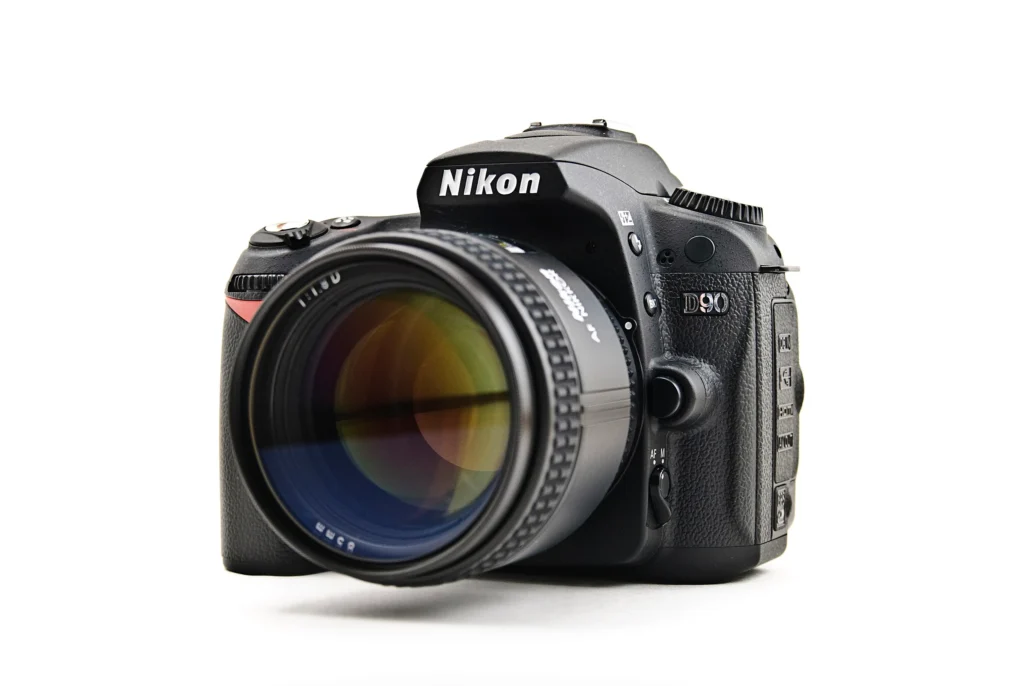
Although not a current model, the Nikon D90 holds a special place in the history of videography as the first DSLR camera to offer video recording capabilities. While its video features may be outdated compared to modern cameras, it remains a testament to Nikon’s innovation and commitment to pushing the boundaries of what’s possible in the world of imaging.
Considerations When Choosing a Nikon Camera
Budget
One of the most important factors to consider when choosing a Nikon camera for videography is your budget. Nikon offers a wide range of cameras at various price points, from entry-level models to professional-grade cameras. Determine how much you are willing to invest in your videography setup, and look for a camera that offers the best features and performance within your budget.
Keep in mind that your budget should also account for additional accessories, such as lenses, microphones, and lighting equipment, which can significantly impact the overall cost of your videography setup. Consider prioritizing the features that are most essential to your needs and allocating your budget accordingly.
Intended Use and Expertise Level
When selecting a Nikon camera for videography, it’s crucial to consider your intended use and level of expertise. Are you a beginner looking to explore the world of videography, or a seasoned professional seeking a high-end camera for demanding projects? Different cameras cater to different skill levels and requirements, so it’s essential to choose one that aligns with your goals and experience.
If you’re just starting out, a more affordable and user-friendly model like the Nikon Z 50 or Z fc might be a good choice, as they offer excellent video features in a compact and intuitive package. As you grow in skill and experience, you may want to invest in a more advanced camera, such as the Nikon Z 6II or Z 7II, which offer professional-level video capabilities.
Future-Proofing Your Investment
When investing in a Nikon camera for videography, it’s important to consider not only your current needs but also your future goals and aspirations. As your skills and projects evolve, you’ll want a camera that can keep pace with your growth and support your expanding creative vision.
Look for cameras that offer features like firmware upgradability, which allows you to access new features and improvements as they become available. Nikon has a strong track record of providing firmware updates for their cameras, ensuring that your investment remains relevant and capable as technology advances.
Additionally, consider the camera’s lens mount and the availability of compatible lenses. Nikon’s Z mount system, for example, offers a wide range of high-quality native lenses and adapters that allow you to use F-mount lenses, providing flexibility and room for growth in your videography journey.
Tips for Maximizing Your Nikon Camera for Videography
Understanding Camera Settings
To get the most out of your Nikon camera for videography, it’s essential to have a solid understanding of the various camera settings and how they impact your video footage. Familiarize yourself with settings such as aperture, shutter speed, ISO, and white balance, and how they work together to control exposure, depth of field, and color temperature.
Experiment with different settings and combinations to achieve the desired look and feel for your videos. For example, a wide aperture (low f-number) will create a shallow depth of field, isolating your subject from the background, while a slower shutter speed can introduce motion blur for a more cinematic effect. By mastering these settings, you’ll have greater control over your video footage and be able to achieve your creative vision more effectively.
Utilizing Different Lenses
One of the key advantages of using a Nikon camera for videography is the wide range of lenses available, each offering unique creative possibilities. Different lenses can greatly impact the look and feel of your video footage, from wide-angle lenses that capture expansive landscapes to telephoto lenses that compress distance and isolate subjects.
Invest in a selection of lenses that cover different focal lengths and apertures to give yourself flexibility in your videography projects. Prime lenses, which have a fixed focal length, often offer superior sharpness and low-light performance, while zoom lenses provide versatility and convenience. Experiment with different lenses to discover how they can enhance your storytelling and visual style.
Enhancing Video Production Techniques
In addition to mastering your Nikon camera’s settings and lenses, there are several video production techniques you can employ to take your videography to the next level. Techniques such as shot composition, camera movement, and lighting can greatly enhance the visual impact and professionalism of your videos.
Study the principles of composition, such as the rule of thirds, leading lines, and framing, to create visually appealing and balanced shots. Incorporate camera movements, like pans, tilts, and dollying, to add dynamism and guide the viewer’s attention. Experiment with different lighting setups, including natural light, artificial light, and reflectors, to create mood, depth, and visual interest in your scenes.
By continually refining your video production techniques and experimenting with new approaches, you’ll develop your unique style and elevate the quality of your videography projects.
Conclusion
Nikon cameras have earned a well-deserved reputation for excellence in the world of videography, offering a range of models that cater to the needs of both aspiring and professional video creators. By understanding the key features to look for, such as video resolution and quality, autofocus capabilities, low-light performance, and external microphone support, you can make an informed decision when choosing the best Nikon camera for your videography needs.
Whether you opt for the versatile Nikon Z 6II, the upcoming Nikon Z 8, the flagship Nikon Z 9, or another model that suits your budget and requirements, you can be confident that you’re investing in a camera that will support your creative vision and help you produce stunning video content.
Remember to consider factors such as your budget, intended use, expertise level, and future-proofing when making your decision, and don’t forget to explore the wide range of lenses and accessories available to enhance your videography setup.
By mastering your camera’s settings, experimenting with different lenses, and continually refining your video production techniques, you’ll unlock the full potential of your Nikon camera and create compelling, professional-quality videos that captivate and inspire your audience.

